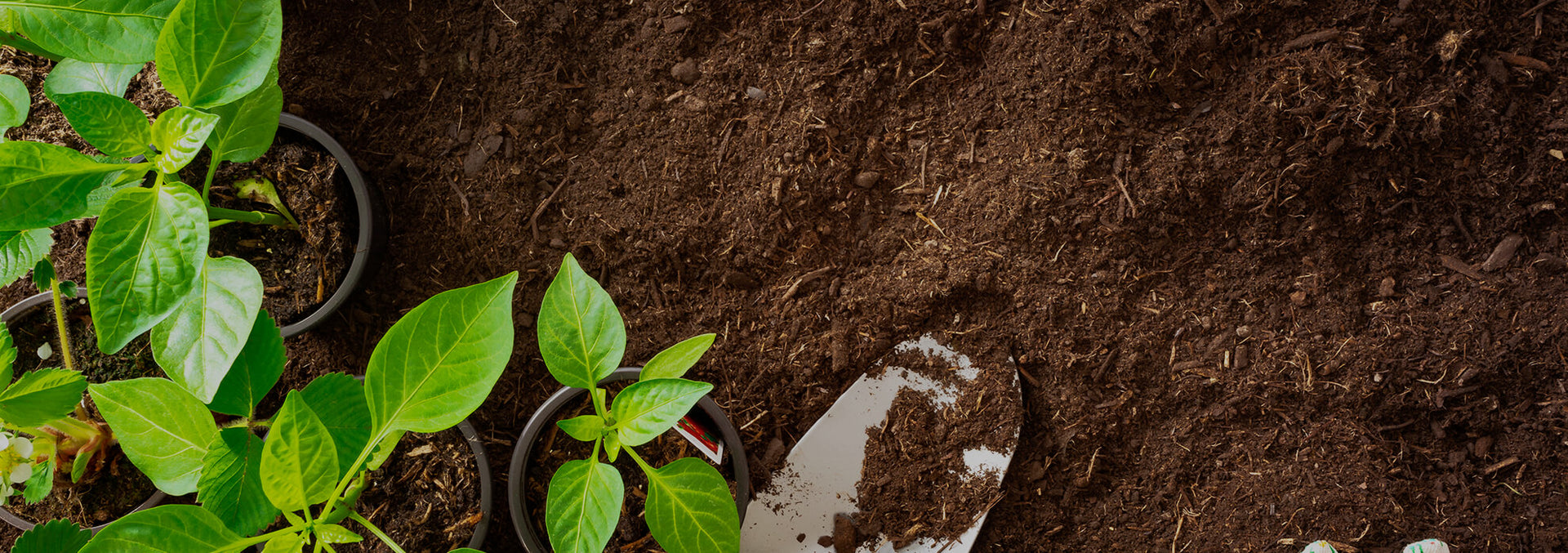March 20, 2013
ACCORDING TO JOHN: Soil Microbes that can Talk?!?
On our John & Bob’s website, we have spent considerable effort explaining why and how organic compounds that contain microbes, food for microbes and attractants for microbes represent the only way to improve lousy soil. It’s miraculous how microbes and the principles of the soil food web can physically improve everything about soil and equally miraculous --- it’s the only way to do it. Right up there with the soil changing capabilities of the John & Bob’s system is its pest and disease fighting capabilities. Nature has a mechanism to make sure plants thrive without sickness or pests. Unfortunately, many of our traditional gardening practices damage nature’s way of making sure plants don’t get sick. Nature’s mechanism to make sure plants stay healthy is life in the soil. We don’t usually think that common pests and diseases have some direct relationship to life in the soil. We don’t often think about aphids, fire blight, rust, bad nematodes and almost every other pest or disease I can name, relating to bacteria, fungi, protozoa and good nematodes. But, they do! Soil microbes are genuine gardening miracle workers with more complex techniques than is fully understood.

Most everyone characterizes this phenomenon by simply stating that healthy, vigorous plants that grow quickly are better able to withstand pest damage. While this is true, it also does a disservice to the 30,000 different kinds of microbes in every handful of soil. Some people understand that, by maintaining high levels of soil microbes, we make it less likely that a pathogen can establish itself in high enough numbers to harm our plants. This is also true but is still insulting to our sophisticated little friends. Those of you that realize that soil microbes can function as natural pest enemies, including insect predators, pathogenic fungi, and insect-parasitic nematodes are getting closer to the full incredible truth. Dr. Bonnie Bassler of Princeton University has discovered that
SOIL BACTERIA TALK TO EACH OTHER. They do this by using a chemical language that lets each bacteria species coordinate defense and strategically mount attacks. This communication enables soil bacteria to execute sophisticated tasks such as dealing with antibiotic production and secretion of repellents. Furthermore, one study found that plants are in on the talkfest with their microbial partners. Plants use underground mycorrhizal (beneficial fungi) networks to eavesdrop on defense signals coming from nearby infected plants, allowing them to increase their defenses and improve resistance to disease. The mycorrhizal network extends from one set of plant roots to another so that the network of fungal mycelia act like telephone wires, allowing the plants to communicate underground. Plant biologists are only beginning to scratch the surface of the often surprising ways that soil microbes impact plants, from underground fungus-wired alarm systems to soil bacteria that can trigger defensive plant behavior or even act as a sort of vaccine. They are miracle workers. They are communicating. They are hard workers. They are unselfish. They are natural forces of goodness. Let’s empower them to prevent and defeat pests and disease! Learn more about
beneficial soil microbes here. Learn more about the
products that increase soil life
here!

